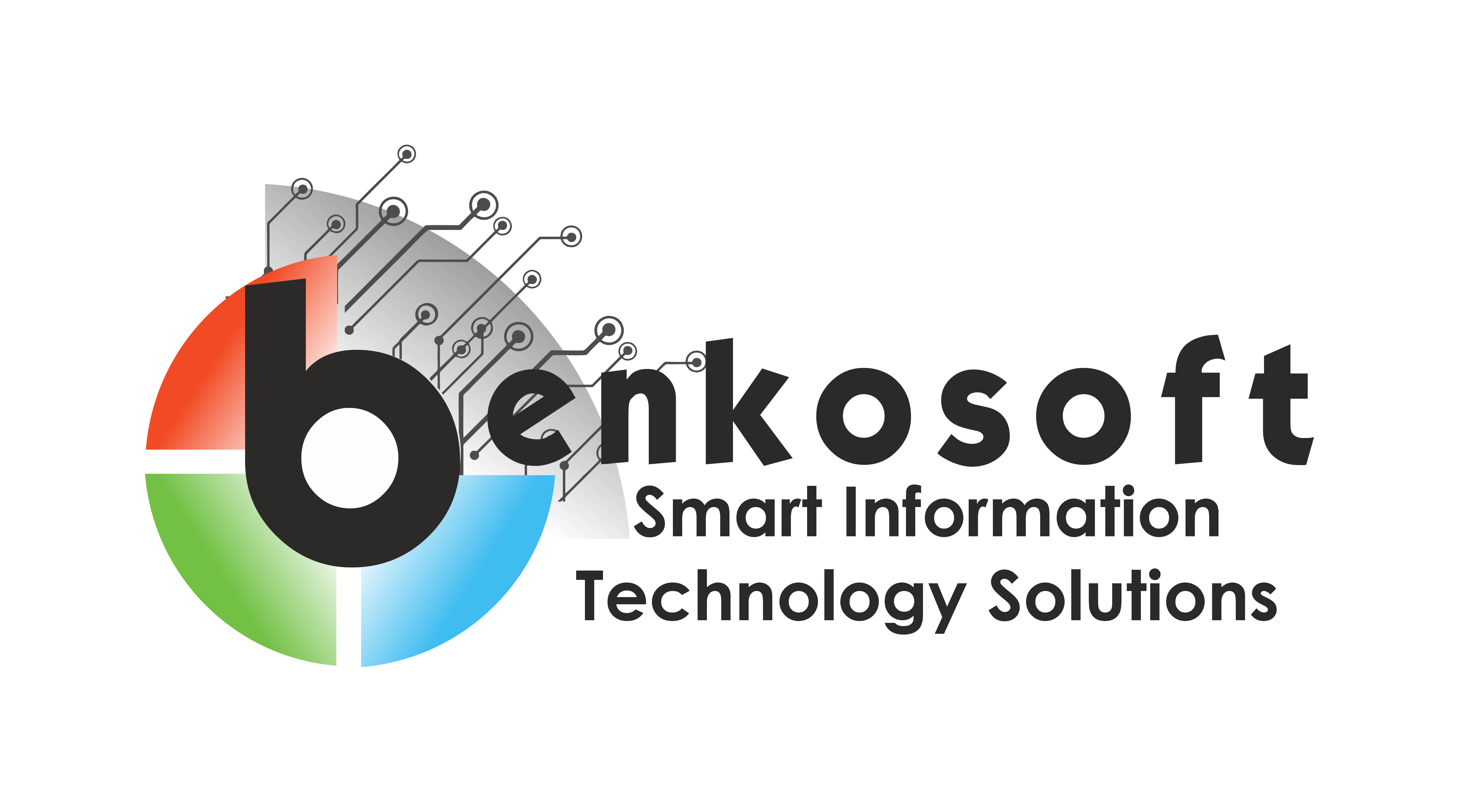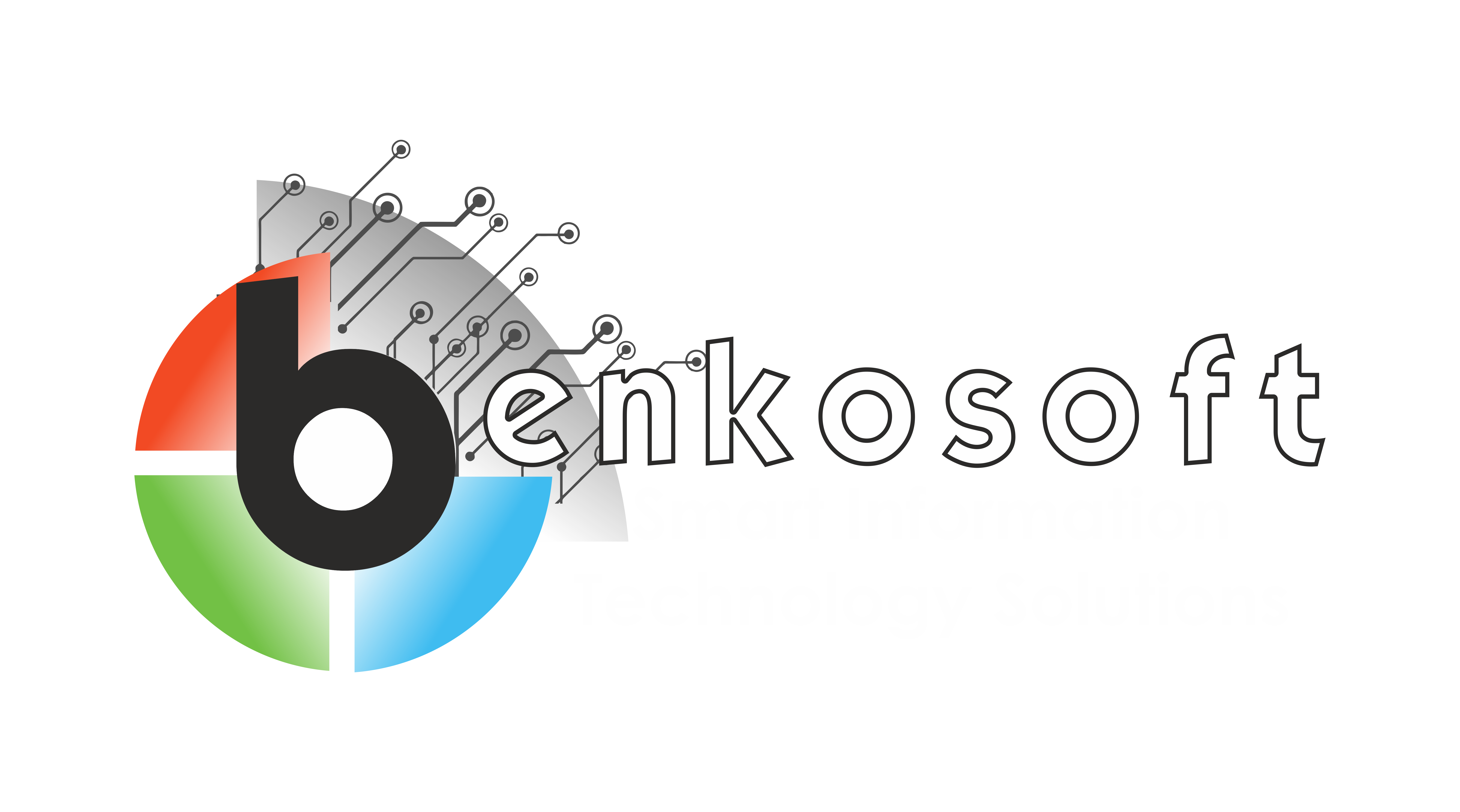Technologies
Xamarin.Forms
Xamarin.Forms is a cross-platform UI toolkit for building native user interfaces using C# and XAML. It is part of the Xamarin framework, which is owned by Microsoft and allows developers to build native iOS, Android, and Windows applications using a single codebase.
One of the key features of Xamarin.Forms is its ability to create a shared UI codebase across multiple platforms. Developers can define their user interface using XAML, a markup language similar to XML, and then use C# to write the business logic that powers the application. This allows developers to create native user interfaces that look and feel like native apps on each platform, while still sharing a significant amount of code.
Xamarin.Forms provides a rich set of controls and layouts that are common across all platforms, such as buttons, labels, text inputs, and list views. It also provides mechanisms for creating custom controls and layouts that can be tailored to the specific needs of each platform.
Another key feature of Xamarin.Forms is its support for platform-specific customization. While Xamarin.Forms provides a unified API for creating user interfaces, developers can still access platform-specific features and functionality using dependency services and custom renderers. This allows developers to create applications that take full advantage of the capabilities of each platform, while still sharing as much code as possible.
Xamarin.Forms also integrates seamlessly with the rest of the Xamarin framework, allowing developers to use the same tools and workflows they are already familiar with. This includes support for Xamarin.iOS and Xamarin.Android for building native applications, as well as Xamarin.Essentials for accessing device-specific features such as sensors, connectivity, and file system.
Overall, Xamarin.Forms is a powerful and flexible toolkit for building cross-platform native user interfaces. Its ability to share code across multiple platforms, combined with its support for platform-specific customization, make it a popular choice among developers looking to create high-quality mobile applications with a single codebase.

